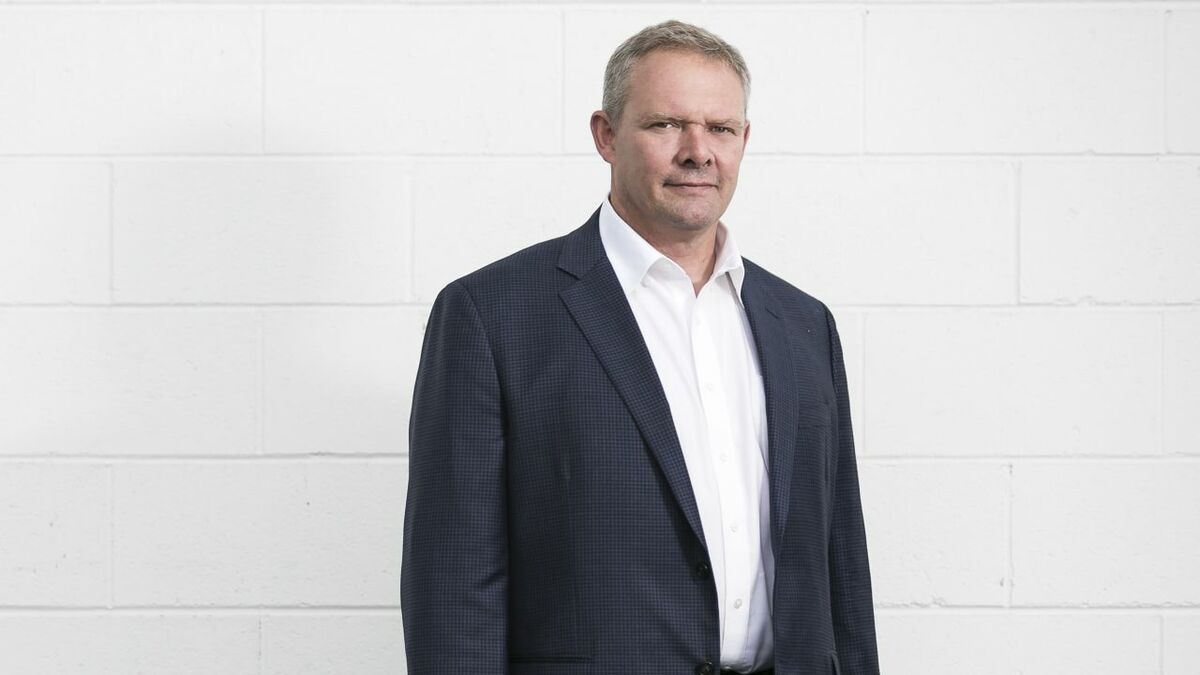
As we enter the age of electric propulsion in the ferry sector, we must ensure designers put safety first, says SPBES chief executive Brent Perry
Published in Riviera Magazine on April 5, 2020 https://www.rivieramm.com/opinion/do-notnbspsidelinenbspsafetynbspin-ferry-sector-batterynbspgrowth-58921
Data from DNV GL suggests the age of electric and electric-hybrid vessels is upon us; they recently found there were 356 all-electric or hybrid-electric vessels in operation or under construction in 2019.
While ground-breaking projects like installing a 600–kWh battery on Maersk Cape Town show the momentum electrification has, ferry operators remain trailblazers and the greatest beneficiaries of electrification today.
As electric or hybrid electric propulsion minimises noise and vibrations, optimises onboard generators, and, most importantly, reduces fuel consumption, it is clear why it represents such clear benefits to the ferry market. Indeed, data from early adopters of fully electric ferries in Norway have shown a 95% reduction in emissions alongside an 80% reduction in operational expenditure.
However, as ferry owners are adopting these technologies, they are also learning important lessons about the operational risks – sometimes at a high cost. In October 2019, a small fire broke out on the electric ferry Ytterøyningen. The ship was able to return to port under its own steam, evacuating all crew and passengers. The following day, a serious gas explosion occurred, raising the question of cause and possibly requiring a change to the flag and type–approval rules associated with batteries. The cause investigation is ongoing, and the entire industry will undoubtedly benefit from the results.
Suppliers and designers have had to learn from this incident. As we gain more practical experience, the risks associated with energy storage systems must be mitigated. Shipowners know that benefits to passenger experience – and the cost savings – are significant, and they are clearly beginning to understand the risks associated with these benefits. Now it is time for battery suppliers, system integration partners and the authorities to work together to ensure there is a common approach with the agreement of all parties to manage how these risks can be minimised, and how safer systems can be cost-efficient.
This is a fundamental shift in the approach to engineering and building vessels as integrated systems and will revise the way the industry works. It is already happening – but needs to happen as soon as possible.
A holistic battery design is key. This starts with the cooling system, which must be core to the design of the battery and the cells. For a cooling system to be truly effective, it must cool both the interior and exterior of a battery unit. Unlike air cooling, water cooling – when fully integrated into the design of a system – circulates chilled water through the entire core of a battery. Liquid cooling has the added benefit of being far more efficient than air cooling, requiring 3,500 times less water flow volume compared to air to achieve the same heat removal, removing the need for expensive HVAC systems. It also increases the lifecycle of a battery by ensuring even cooling throughout the material.
The risk of thermal runaway cannot be removed entirely, so failsafe mechanisms must be in place to further reduce the risk to the crew and vessel. Venting mechanisms can remove flammable gases from an unstable battery, reducing the risk of explosion as well as the risk posed by toxic fumes. Barriers between cells can also stop a damaged cell starting a chain reaction.
Another significant factor in ensuring safety is integrating an intelligent battery management system into a vessel. At SPBES, we have worked hard to ensure our battery management systems are ‘always on’, and act as a failsafe. This is because thermal runaway does not stop when someone presses the ‘off’ button – monitoring the voltage and temperature of the cells and linking to safety systems is always required to maintain safety.
Decarbonisation is set to be one of the defining stories of the next decade, in part facilitated by the rapid rise of battery technologies which benefits from the cost savings electrification represents. The industry must ensure safety is not sidelined in electrification’s growth.